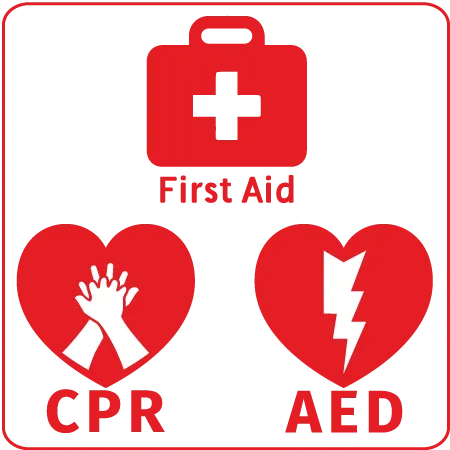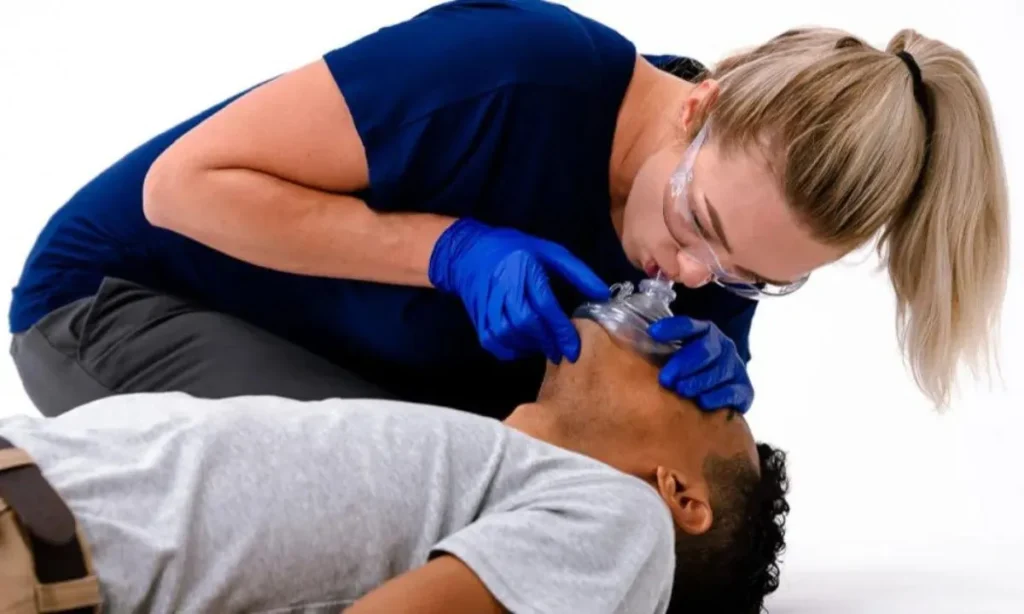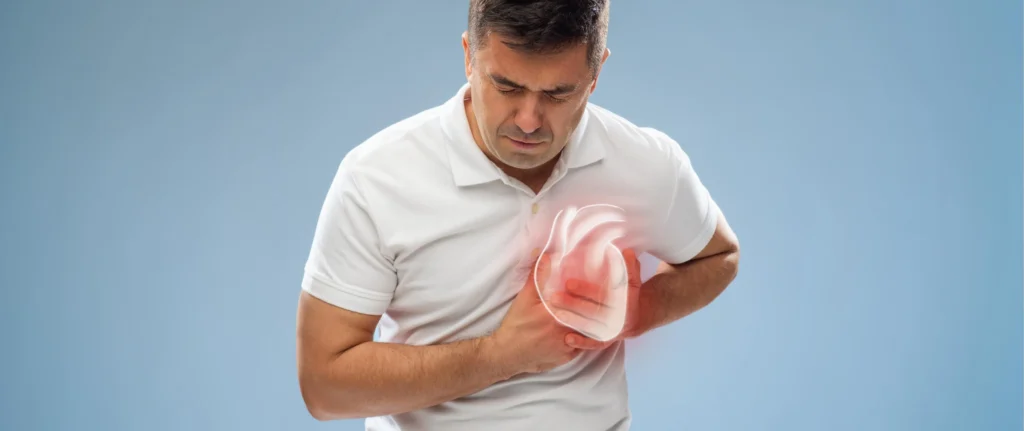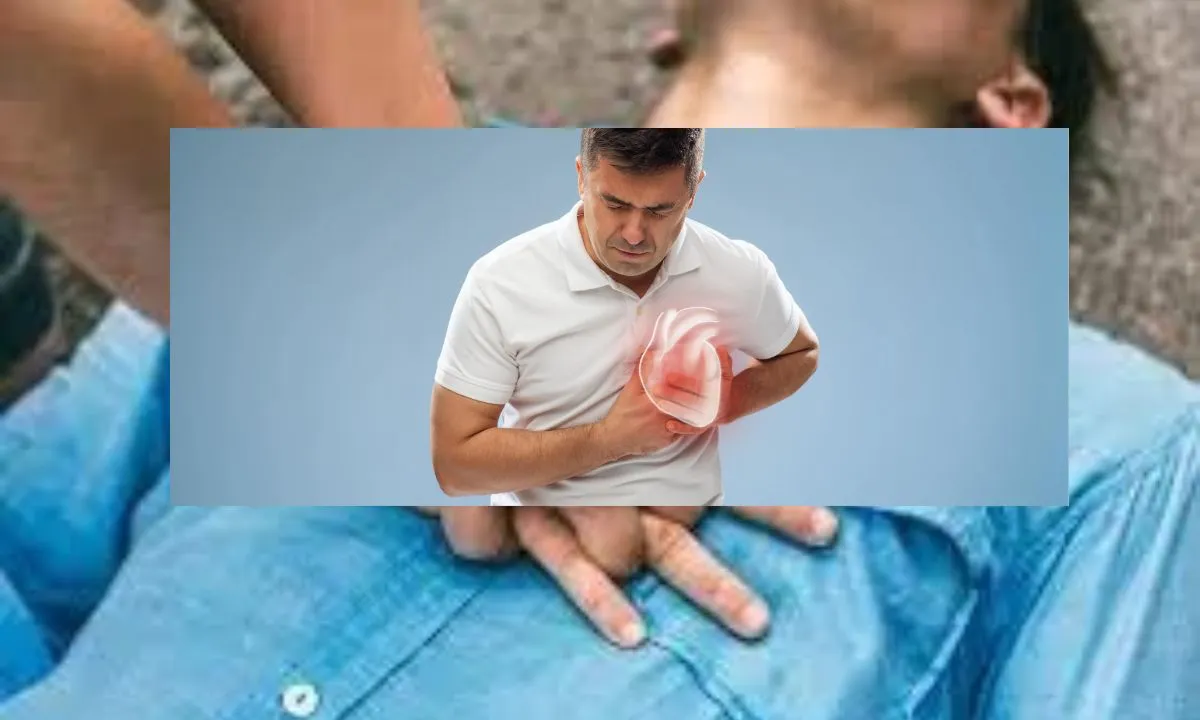Table of Contents
ToggleFirst Aid for Heart Attack: Prompt and Effective Response

In a world where cardiovascular diseases remain a leading cause of mortality, understanding and implementing effective heart attack prevention strategies are paramount for safeguarding our well-being. Heart attacks, often striking unexpectedly, necessitate a proactive approach to mitigate risk factors and promote heart health. By embracing lifestyle modifications, adopting heart-conscious habits, and staying vigilant about early warning signs, individuals can play a pivotal role in preventing heart attacks and fostering a robust foundation for cardiovascular well-being. This journey toward heart attack prevention is not just a matter of extending lifespan but ensuring a higher quality of life, making informed choices today that resonate with the heartbeat of a healthier tomorrow.
Heart Attack Prevention
A heart attack is a serious medical emergency that requires immediate attention. Knowing how to administer first aid can make a crucial difference in saving a life. In this guide, we’ll discuss the key steps to take when providing first aid for a heart attack.

- Recognize the Signs:
- Familiarize yourself with the common symptoms of a heart attack, including chest pain or discomfort, shortness of breath, nausea, light-headedness, and pain or discomfort in the arms, neck, jaw, or back.
- Call Emergency Services Immediately:
- The moment you suspect someone is having a heart attack, call your local emergency number (such as 911 in the United States & 108 or 102 in India) immediately.
- Do not delay seeking professional medical help. Time is critical in minimizing damage to the heart.
- Stay Calm and Reassure the Person:
- Keep the person calm and reassure them that help is on the way.
- Encourage them to sit down and rest while waiting for emergency services.
- Help the Person Take Medications:
- If the person has been prescribed nitro-glycerine and has it on hand, assist them in taking it as directed.
- Do not administer someone else’s medications, and don’t give aspirin unless it’s been prescribed.
- Perform CPR if Necessary:
- If the person becomes unresponsive and stops breathing, begin CPR (Cardiopulmonary Resuscitation).
- Chest compressions should be performed at a rate of 100-120 compressions per minute until professional help arrives.
- Use an Automated External Defibrillator (AED):
- If an AED is available, follow the device’s instructions for use.
- AEDs can analyze the heart’s rhythm and deliver an electric shock if necessary.
- Stay with the Person Until Help Arrives:
- Do not leave the person alone unless you are instructed to do so by emergency services.
- Continue to monitor their condition and be prepared to provide additional information to paramedics.
- Be Prepared for Possible Complications:
- Understand that complications such as cardiac arrest or respiratory failure may occur.
- Be ready to respond to these complications based on your knowledge and training.
- Do Not Drive the Person to the Hospital:
- Emergency medical professionals are equipped to handle heart attacks and can provide necessary care during transportation.
- Driving the person to the hospital yourself may delay crucial medical interventions.

Knowing how to administer first aid for a heart attack can be a lifesaving skill. By recognizing the signs, calling for emergency help, and providing basic assistance until professional medical help arrives, you contribute significantly to the person’s chances of recovery. Remember, the key is to act quickly, stay calm, and prioritize the person’s well-being while waiting for trained medical professionals.
